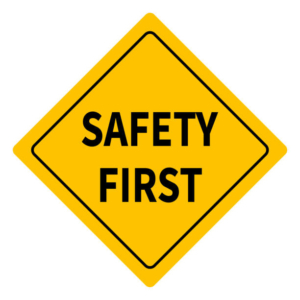The Allure of DIY
Home improvement projects seem like a great idea at first. You imagine saving money and feeling proud of your handiwork. However, the reality often involves unexpected complications and hilarious mistakes. Let’s dive into some common DIY disasters and why they happen.
The Great Paint Fiasco
Choosing the Wrong Color
Picking paint seems simple. But many DIYers end up with a color that looks vastly different on the walls. Lighting changes everything. Test swatches first!
Drips and Splatters Everywhere
Painting requires patience and preparation. Skipping these steps leads to drips, uneven coverage, and a lot of cleanup. Always use drop cloths and painter’s tape.
Plumbing Nightmares
The Leaky Faucet Fix
Tackling a leaky faucet seems straightforward. But tightening the wrong part can worsen the leak. It might even flood your kitchen. Consulting a tutorial helps, but sometimes calling a plumber saves you in the end.
Toilet Installation Troubles
Replacing a toilet might seem manageable. However, improper installation leads to leaks or even sewer gas issues. Follow every step of the instructions closely.
Electrical Shocks of Reality
Wiring Woes
DIY electrical work is risky. Miswiring can lead to shocks or even fires. Always ensure the power is off before starting. When in doubt, hire a professional.
The Overloaded Circuit
Adding new fixtures or outlets can overload circuits. This causes frequent breaker trips or worse. Plan carefully and know your home’s limits.
Carpentry Catastrophes
The Misaligned Shelf
Installing shelves looks easy. But uneven or unsecured shelves become hazards. Measure twice, drill once, and use a level.
Door Installation Drama
Hanging a door incorrectly means it won’t close properly. You might end up with gaps or binding. Follow all steps meticulously to avoid frustration.
Flooring Follies
The Uneven Tile Job
Laying tile requires precision. Uneven application results in tripping hazards and unsightly floors. Use spacers and level frequently.
Carpet Cutting Calamities
Installing carpet without the right tools leads to poor fits and loose edges. Stretching carpet properly is essential. Consider renting or buying specialized tools.
Learning from Laughter
DIY projects can be rewarding but also filled with unexpected humor. Planning carefully and knowing your limits prevents many disasters. Sometimes, it’s worth calling in a professional to avoid turning your home improvement dream into a comedy of errors.
—
Embrace the fun of DIY, but don’t hesitate to seek help when needed. Share your own hilarious home improvement stories with us in the comments!
#DIYDisasters #HomeImprovementFails #ComedyInConstruction #DIYOrHireAPro

